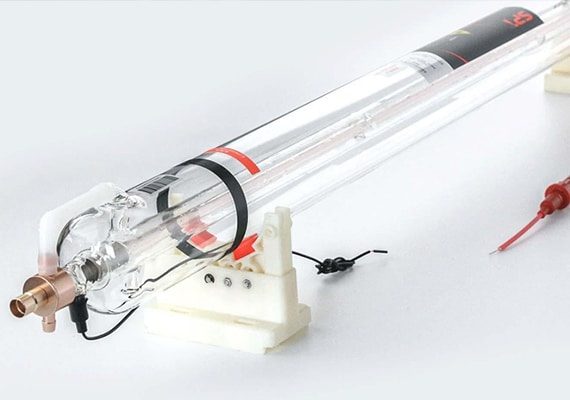
The machine is equipped with a powerful CO2 laser tube, which can provide precise and efficient cutting and engraving performance on various materials, including acrylic, wood, leather, fabric, glass, and so on. A high-powered laser tube ensures clean, precise cuts and smooth edges, while also enabling detailed engraving, making it suitable for intricate designs and industrial applications.
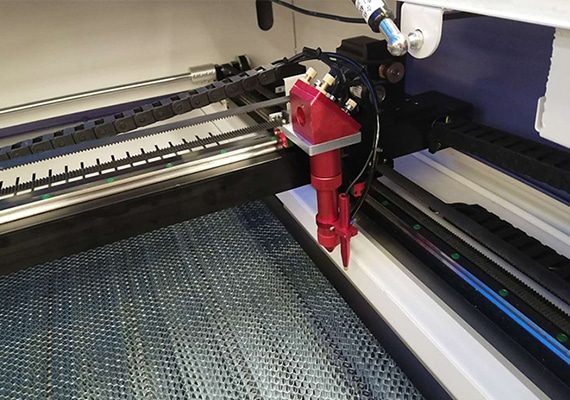
The high-precision CO2 laser head is selected, and it has a red dot positioning function to ensure that the laser beam is precisely aligned with the focusing optics and the nozzle. An accurate laser beam contributes to consistent and uniform cutting results. Additionally, the CO2 laser head is equipped with height control, which ensures consistent focus and compensates for any variations in material thickness or uneven surfaces.
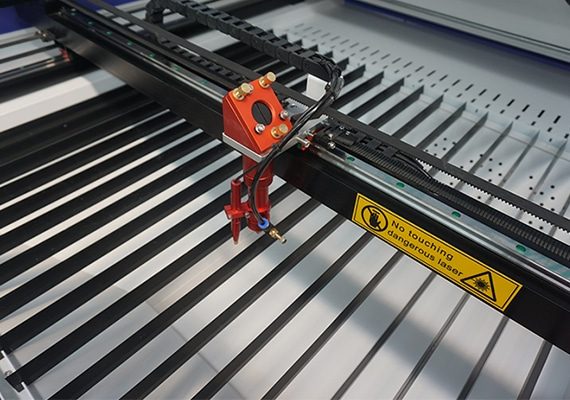
The machine is equipped with an advanced motion system to ensure smooth and accurate movement of the laser head during cutting and engraving. This precise motion control enables clean, sharp cuts while also enabling detailed and intricate engraving on a variety of materials.
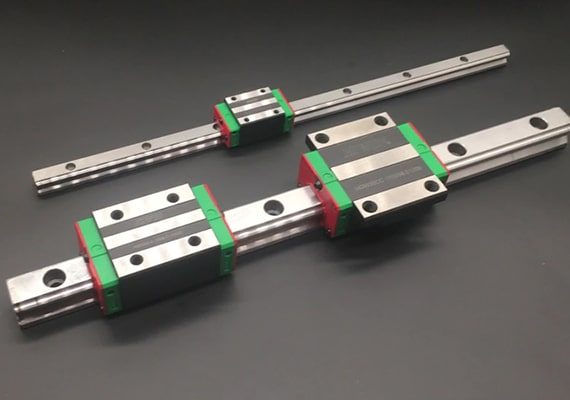
The machine is equipped with a Taiwan HIWIN guide rail with excellent precision. HIWIN is manufactured to tight tolerances, ensuring smooth and stable linear motion. This level of precision contributes to accurate and consistent laser cutting, especially when working with intricate designs and fine details. In addition, HIWIN rails are designed to minimize friction, resulting in smooth and quiet movement.
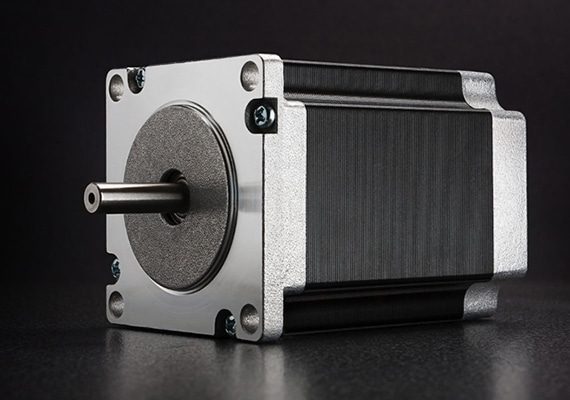
The machine adopts a stepper motor with strong power and reliable performance to ensure the normal operation of the machine. Not only are stepper motors cost-effective, but they also provide precise control of moving parts, ensuring high-quality laser cutting and stable positioning of optical components for reliable, efficient operation.
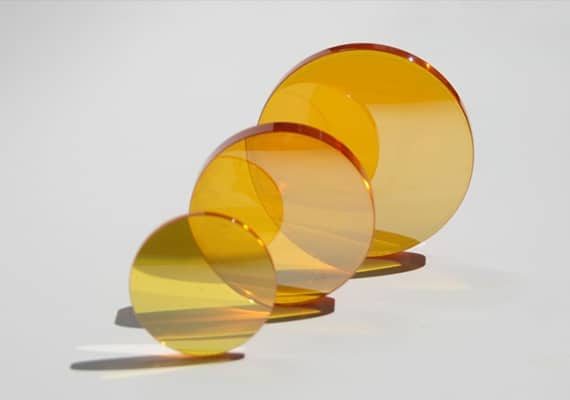
The machine is equipped with high-quality optics capable of producing a narrower, more stable laser beam, ensuring precise cutting paths and cleaner edges even on complex designs and delicate materials. In addition, high-quality optics help reduce beam divergence and losses, thereby improving energy efficiency.
| Model | AKJ-6040 | AKJ-6090 | AKJ-1390 | AKJ-1610 | AKJ-1810 | AKJ-1325 | AKJ-1530 |
|---|---|---|---|---|---|---|---|
| Working Area | 600*400mm | 600*900mm | 1300*900mm | 1600*1000mm | 1800*1000mm | 1300*2500mm | 1500*3000mm |
| Laser Type | CO2 Laser | ||||||
| Laser Power | 80-300W | ||||||
| Power Supply | 220V/50HZ, 110V/60HZ | ||||||
| Cutting Speed | 0-20000mm/min | ||||||
| Engraving Speed | 0-40000mm/min | ||||||
| Min Line Width | ≤0.15mm | ||||||
| Position Accuracy | 0.01mm | ||||||
| Repetition Accuracy | 0.02mm | ||||||
| Cooling System | Water Cooling | ||||||
| Laser Power | Cutting Speed | 3mm | 5mm | 8mm | 10mm | 15mm | 20mm |
|---|---|---|---|---|---|---|---|
| 25W | Max Cutting Speed | 5mm/s | 3mm/s | 1.5mm/s | 1mm/s | 0.5mm/s | 0.3mm/s |
| Optimal Cutting Speed | 2mm/s | 1.5mm/s | 0.8mm/s | 0.5mm/s | 0.3mm/s | 0.2mm/s | |
| 40W | Max Cutting Speed | 8mm/s | 5mm/s | 2.5mm/s | 2mm/s | 1mm/s | 0.6mm/s |
| Optimal Cutting Speed | 4mm/s | 2.5mm/s | 1.5mm/s | 1mm/s | 0.6mm/s | 0.4mm/s | |
| 60W | Max Cutting Speed | 12mm/s | 8mm/s | 4mm/s | 3mm/s | 1.5mm/s | 0.8mm/s |
| Optimal Cutting Speed | 6mm/s | 4mm/s | 2mm/s | 1.5mm/s | 0.8mm/s | 0.5mm/s | |
| 80W | Max Cutting Speed | 15mm/s | 10mm/s | 5mm/s | 4mm/s | 2mm/s | 1mm/s |
| Optimal Cutting Speed | 7.5mm/s | 5mm/s | 2.5mm/s | 2mm/s | 1mm/s | 0.6mm/s | |
| 100W | Max Cutting Speed | 18mm/s | 12mm/s | 6mm/s | 4.5mm/s | 2.5mm/s | 1.2mm/s |
| Optimal Cutting Speed | 9mm/s | 6mm/s | 3mm/s | 2.5mm/s | 1.2mm/s | 0.8mm/s | |
| 130W | Max Cutting Speed | 23mm/s | 15mm/s | 7.5mm/s | 5.5mm/s | 3mm/s | 1.5mm/s |
| Optimal Cutting Speed | 11.5mm/s | 7.5mm/s | 3.5mm/s | 2.8mm/s | 1.5mm/s | 1mm/s | |
| 150W | Max Cutting Speed | 25mm/s | 17mm/s | 8.5mm/s | 6.5mm/s | 3.5mm/s | 1.8mm/s |
| Optimal Cutting Speed | 12.5mm/s | 8.5mm/s | 4mm/s | 3mm/s | 1.8mm/s | 1.2mm/s | |
| 180W | Max Cutting Speed | 30mm/s | 20mm/s | 10mm/s | 7.5mm/s | 4mm/s | 2mm/s |
| Optimal Cutting Speed | 15mm/s | 10mm/s | 5mm/s | 3.8mm/s | 2mm/s | 1.2mm/s | |
| 200W | Max Cutting Speed | 33mm/s | 22mm/s | 11mm/s | 8mm/s | 4.5mm/s | 2.2mm/s |
| Optimal Cutting Speed | 16.5mm/s | 11mm/s | 5.5mm/s | 4mm/s | 2.2mm/s | 1.5mm/s |
| Cutting Process | Laser Cutting | Die Cutting | CNC Routing | Ultrasonic Cutting |
|---|---|---|---|---|
| Principle | Laser energy melts/vaporizes material along the cutting path | Pressed die cuts through material using force | Cutting tool follows programmed path | High-frequency vibrations cut through material |
| Precision | High precision | High precision | High precision | High precision |
| Edge Quality | Clean and smooth edges | Clean edges | Clean edges | Clean edges |
| Heat Affected Zone | Minimal heat affected zone | Negligible heat generation | Some heat generation | Minimal heat generation |
| Material Compatibility | Suitable for a wide range of materials, including polycarbonate | Typically used for softer materials, including polycarbonate | Suitable for a wide range of materials, including polycarbonate | Suitable for softer materials, including polycarbonate |
| Versatility | Suitable for intricate and complex designs | Limited to simpler shapes and sizes | Versatile for various shapes and sizes | Versatile for intricate designs |
| Throughput | Medium to high, depending on laser power and material thickness | High for mass production | Medium to high, depending on setup and material thickness | Medium to high |
| Setup Time | Setup involves focusing laser and adjusting parameters | Setup involves creating a die and positioning material | Setup involves programming tool paths and securing material | Setup involves adjusting equipment parameters |
| Material Emissions | Generates fumes and potentially harmful emissions | Generates dust and debris emissions | Generates dust and debris emissions | No dust or debris generated no emissions |
| Automation | Can be fully automated | Can be automated for repetitive cuts | Can be automated for repetitive cuts | Can be automated for repetitive cuts |
| Flexibility | Suitable for various thicknesses and materials | Limited to specific die shapes and sizes | Suitable for various thicknesses and materials | Limited to specific thicknesses and materials |
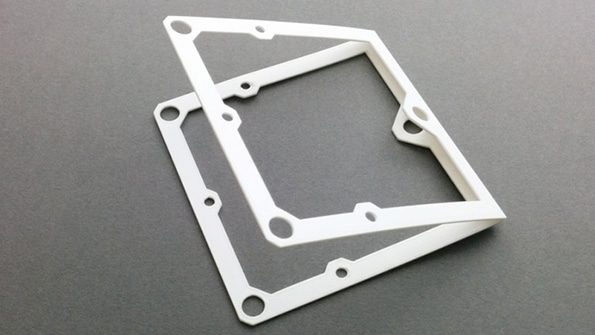
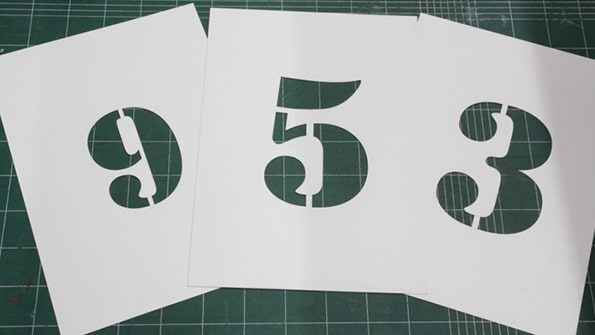
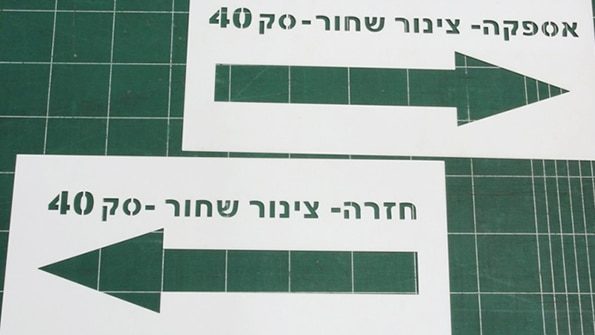
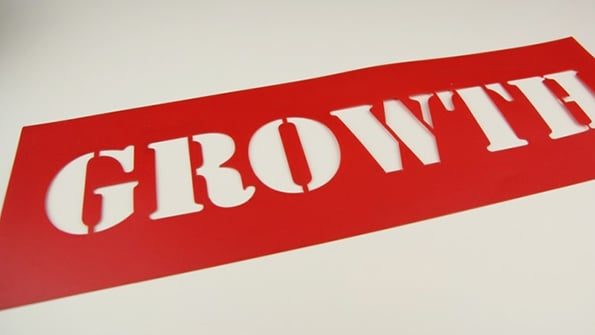
Yes, lasers can cut polypropylene. Laser cutting is a method widely used to cut various types of plastics, including polypropylene. Polypropylene is a thermoplastic material that can be effectively cut with a CO2 laser.
Laser cutting of polypropylene involves focusing a concentrated beam of light onto the surface of the material using a CO2 laser generator or other suitable laser source. The intense heat from the laser beam melts and vaporizes the polypropylene along the cutting path, resulting in clean and precise cuts. The process works by rapidly heating the material to its vaporization point, causing the material to be removed as vapor or molten material.
When laser cutting polypropylene, it is important to consider factors such as material thickness, laser power, cutting speed, and assist gas (if used). These parameters will affect the quality of the cut and the overall efficiency of the process. Proper ventilation and safety measures are also important when using a laser cutting machine to ensure the safety of the operator and prevent the release of potentially harmful fumes.
In conclusion, laser cutting is a viable method of cutting polypropylene with the advantages of high precision, clean edges, and the ability to handle complex patterns. However, as with any cutting process, testing is recommended to determine the best cutting parameters for your specific material and project requirements.
Polypropylene is not generally considered difficult to cut with a laser. Laser cutting polypropylene can be relatively straightforward compared to some other materials due to its low melting point and compatibility with the wavelengths of CO2 laser generators commonly used for plastic cutting. However, there are some important factors to consider to ensure successful and high-quality cutting results.
While polypropylene is relatively easier to laser cut than some other materials, care, and attention to detail should be used when handling the process. Experimentation and adjustment of laser parameters can help achieve the desired cut quality and minimize any potential problems. If you are new to laser cutting polypropylene, it is recommended to consult an expert or refer to the manufacturer’s guidelines to ensure successful results.
Polypropylene is a commonly used thermoplastic polymer used in various industries due to its favorable properties such as chemical resistance, low density, and relatively low cost. When it comes to laser processing, the response of polypropylene can vary depending on factors such as the laser wavelength, the specific formulation of the polypropylene, and the desired processing results. Here are some key points about laser processing of polypropylene:
Polypropylene can be laser processed, but the success of the process depends on choosing the proper laser parameters, considering the absorption properties of the material, and managing the heat and thermal effects generated during processing. Polypropylene processing may improve as laser technology advances, so it is best to consult an expert or perform testing to determine the best method for your particular application.
As with cutting other plastics, laser-cutting polyethylene can be safe as long as certain precautions are taken to manage potential hazards. Polyethylene is a common thermoplastic material known for its wide variety of applications. Here are some safety considerations when laser cutting polyethylene:
Laser-cutting polyethylene is safe if proper safety measures are taken into account. These measures include adequate ventilation, appropriate laser parameters, appropriate training, and the use of personal protective equipment. A thorough understanding of the material properties and potential hazards associated with laser cutting polyethylene is required before attempting any cutting operation.
While laser cutting polypropylene has many advantages, the process also presents some disadvantages and challenges. Here are some major disadvantages to consider:
While laser cutting is a versatile and precise method of cutting polypropylene, it is important to understand its limitations and take proper precautions before using the process to ensure a safe and efficient operation. Proper equipment selection, parameter optimization, safety precautions, and adequate ventilation are key to achieving successful and safe polypropylene laser cutting results.
Reducing fumes when laser cutting polypropylene is important for the health and safety of laser cutting machine operators as well as maintaining cut quality. Polypropylene can release potentially harmful gases and particles when exposed to high temperatures. Here are some steps you can take to minimize fumes during laser cutting:
Polypropylene itself produces relatively low fumes compared to other materials, but proper ventilation and fume management can help maintain a safe and comfortable work environment. Always follow the safety guidelines provided by the laser cutter manufacturer, and consider consulting an expert or professional in laser cutting to ensure you implement best practices for reducing fumes.
Yes, there are some design limitations to consider when laser cutting polypropylene (PP). Polypropylene is a thermoplastic polymer with unique properties that can affect the laser-cutting process:
While laser cutting is a versatile and efficient method of processing polypropylene, designers should be aware of its unique characteristics and limitations to ensure successful results. Experimentation with different laser parameters and trial cuts may be necessary to achieve the desired results for specific design requirements.
The speed at which you laser cut polypropylene can significantly affect the quality of the cut.
The speed at which a laser cuts polypropylene plays a vital role in determining the quality of the cut. The cutting speed must be appropriately adjusted based on the thickness of the material, required edge quality, and other factors to achieve the best results. Experimentation and testing with different cutting parameters may be necessary to find the ideal balance between speed and cut quality for your specific application.
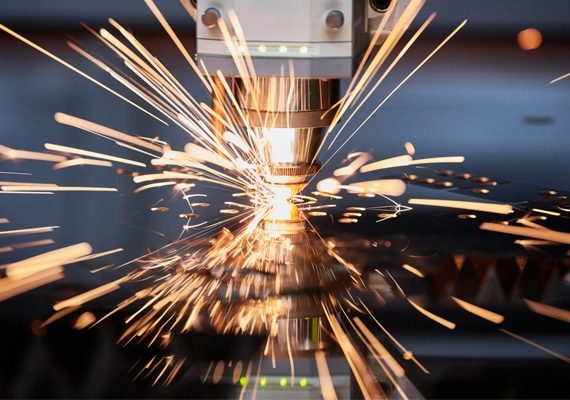
With years of experience in laser cutting technology, we have honed our expertise to provide cutting-edge solutions tailored to your unique needs. Our team of skilled engineers and technicians has the in-depth knowledge to ensure you get the perfect laser-cutting machine for your specific application.
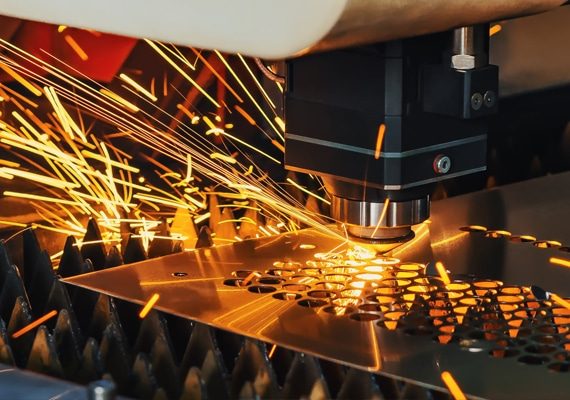
At AccTek Laser, we build strong relationships with our clients. Our dedicated support team provides prompt assistance and after-sales service to keep your laser-cutting machine running at its best for years to come. Your satisfaction is our top priority and we will help you every step of the way.
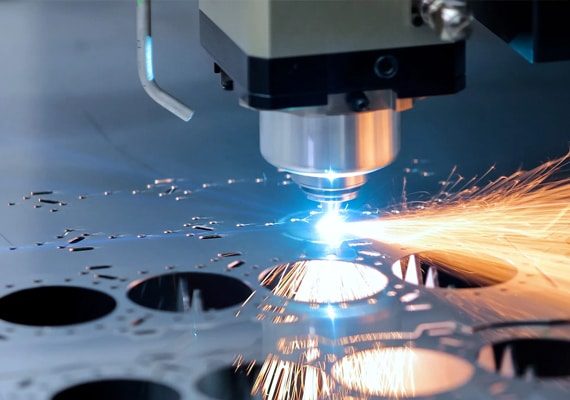
Quality is the cornerstone of our manufacturing process. Every laser-cutting machine is rigorously tested and adheres to strict quality control standards, ensuring that the product you receive meets the highest industry benchmarks. Our dedication to quality ensures you get a machine that performs consistently and delivers perfect cuts every time.
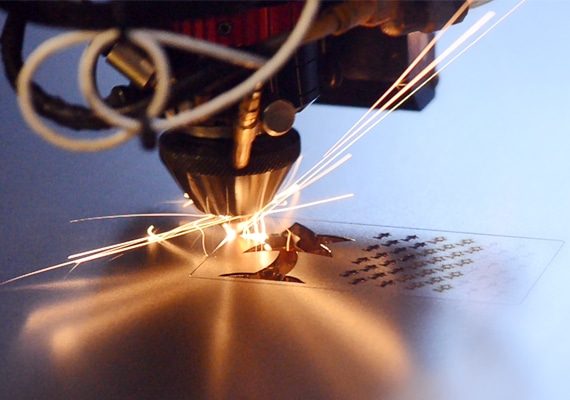
We understand the importance of cost efficiency in today’s competitive landscape. Our laser-cutting machines can provide excellent value for your investment, minimizing downtime and reducing operating costs while maximizing productivity and efficiency.
4 reviews for Polypropylene Laser Cutting Machine
Sebastian –
Enhanced productivity with our CO2 laser cutter. Its speed and accuracy have significantly improved our throughput, meeting customer demands effectively.
Thandi –
Optimal performance from our laser machine. Its reliability and precision are unmatched, making it a cornerstone of our production line.
Yasmin –
Dependable workhorse in our workshop. The laser cutter consistently delivers accurate cuts, ensuring the highest standards of quality.
Oliver –
Streamlined production process with our CO2 laser cutting machine. It’s intuitive, efficient, and contributes to our business’s success.